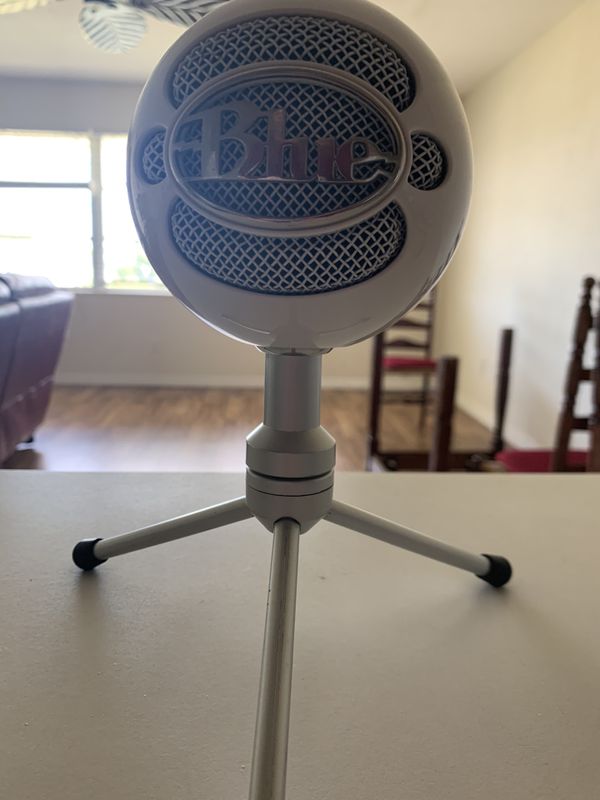

So if the computer's audio input is analog, there must be an ADC within the computer. Whether the computer has a typical 1/8″ TRS (aux) audio input or a less popular 1/4″ TRS or XLR, the computer's audio input is analog. This is perhaps because laptops typically have built-in microphones. Many desktop computers (though not many new laptops) come with built-in audio input jacks.

The ADCs used with microphones and computers can be found in 3 main locations: This is done with an analog-to-digital converter (ADC for short). Therefore, we need some way of turning the mic's non-digital information into digital information that the computer can read. So computers work with digital audio, but microphones create analog audio. How do we manage this?Īnalog-To-Digital Converters And Connecting Microphones To Computers So a microphone naturally outputs analog audio, but computers use digital audio. Note that some computer hardware, like webcams, may have built-in microphones.

What is a microphone? A microphone is a transducer of energy that converts sound waves (mechanical wave energy) into audio signals (electrical energy) via a moveable diaphragm. So now that we know what a driver is let's talk about microphones and see how drivers, microphones, and computers interact with one another. Microphones, by default, output analog signals. This is an important primer: drivers transfer digital data.

In other words, drivers enable the transfer of digital information between the computer and device. So what is a device driver? A device driver is a group of files within a computer that allow hardware devices to communicate with the computer's operating system. To better understand if a given microphone requires a driver to work properly, let's quickly discuss what a device driver actually is? Please consider reading my related article about microphones and computers: Are Microphones Input Or Output Devices? In this article, we'll discuss drivers in more detail and talk about their role in connecting microphones to computers. The same is true for computer audio interfaces that allow the connection of mics and computers. USB mics require some sort of driver (often downloaded automatically). Connecting external devices to your computer usually requires a driver, so what about external microphones?ĭo microphones need drivers to work properly in computers? Connecting a mic to a computer via an audio jack will not require a driver since the computer is set up to accept audio from the jack. Computer microphones have been around since the early days of personal computers.


 0 kommentar(er)
0 kommentar(er)
